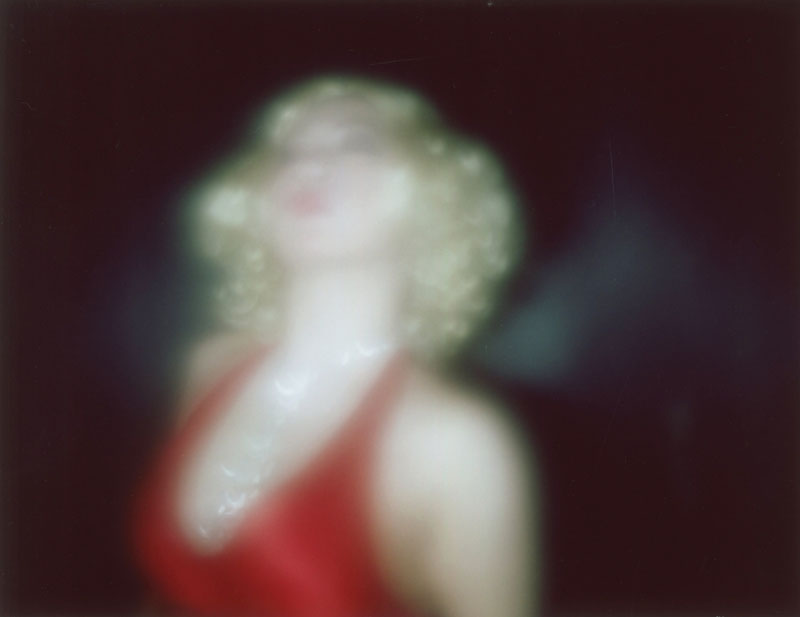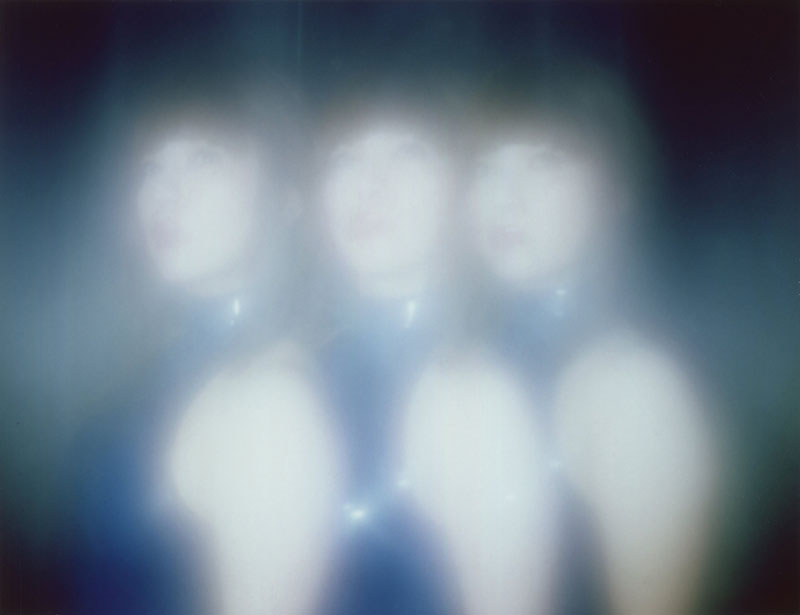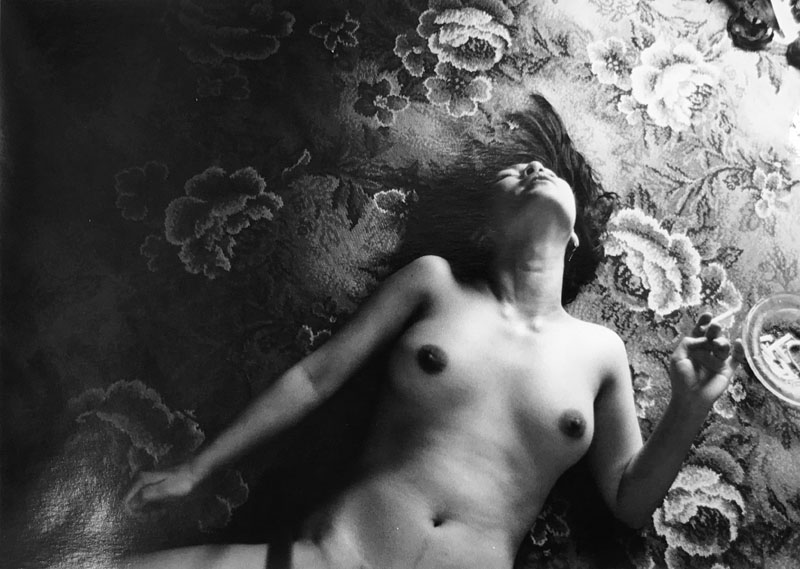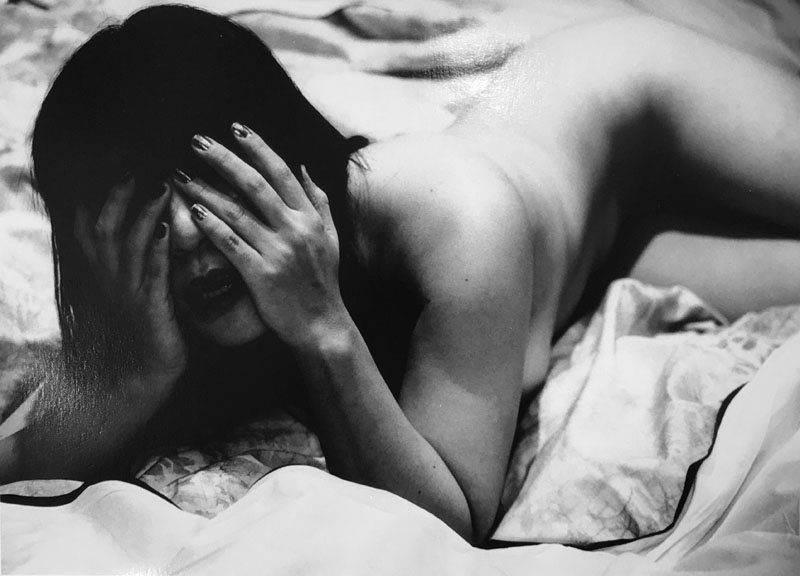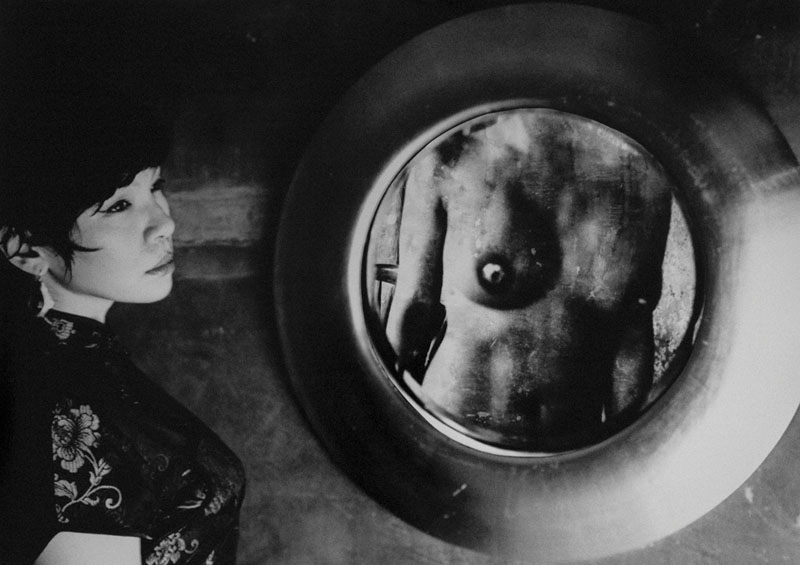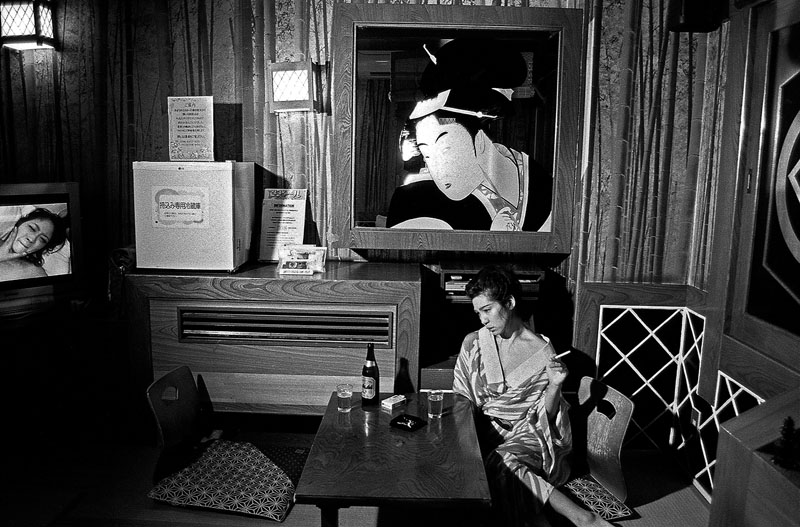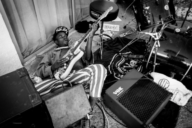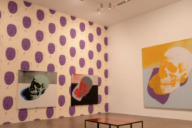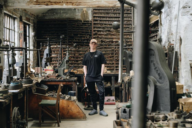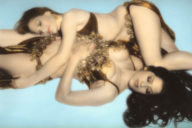TOKYO RUMANDO AND THE MALE GAZE
Tokyo Rumando’s work reveals an intuitive drive for authenticity defying gender roles that the Japanese patriarchal society puts on its women. She plays with ‘the male gaze’ parallel to her Western predecessors such as Cindy Sherman, to produce her own vision of identity, sexuality and intimacy.
A ‘performing photographer’ and model she explores the present, past and future channeling her rebel spirit to produce a set of self-portraits, some of which, explore her fellow countryfolk’s desire for erotic pleasures in Japan’s fast-declining love hotels.
How did you first get into photography?
I received many film cameras when I was working as a nude model for magazines in my early 20s. I saw how every photographer was making their works with their own vision and I thought I’d like to create my own world with my own vision as well.
What was the inspiration for your series Rest 3000 Stay 5000?
From the 1970s to late 1990s, countless numbers of ‘love hotels’ were built for people to have sex. I think it could be considered as a unique culture of Japan. My ‘Rest 3000~ Stay 5000~’ series focused on photographing these love hotels. There are all sorts of different settings in the love hotels. Some have beds that can rotate; some are completely covered with mirrors, some have disco lights; some for BDSM; some are mixed with western and eastern styles with strange decorating objects or funny devices – people have sex in these amusement park-like places filled with interesting ideas. Not only common couples but people in affairs, call girls, travellers, male couples, female couples, elderlies or people who would like to do gangbang would go to these places. I wanted to play with these different roles openly, with desire, with this unique Japanese background. Many love hotels are dilapidated nowadays and are being taken down or renovated, so most of them do not look the same anymore.
What is your process and do you have any rules?
My rule is to do everything by myself – as a producer, director, scriptwriter, choreographer, heroine, photographer, bystander; I do all the setup, lighting, styling and make-up by myself. Also, I always try to work on new styles and do things that are different from what there is now.
What most inspires you about Tokyo?
Rei Kawakubo [Japanese Fashion Designer]. I usually wear vintage Vivienne Westwood myself but I respect Rei Kawakubo and her philosophies.
How would you say the iPhone and social media is changing photography?
I don’t think there is a problem as long as the quality is being kept as a book or as a print, even if the photograph is being taken by an iPhone. What is most important is to materialise the work.
What is your favourite photograph that you’ve produced?
I love everything I have created. I am happy that ‘Orphee’ was being exhibited at Tate Modern which let many people from around the world see the work and gave me chances to travel from the far east to many different countries in Europe. I am really grateful.
What inspires you to keep going and how do you keep yourself motivated?
I wait for plans towards a theme to grow within myself. While I wait I observe closely, subjectively and objectively. To keep myself motivated I try to live simple – I eat, sleep and exercise regularly, keep my home clean, I work eight hours a day to maintain my living. I keep myself updated with the news to what is happening around the world. I rarely entertain myself. I don’t take many photographs except when I am making my own work. Simply being wild will only lead to self-destruction. By keeping myself stable I can create without hurting people important around me. Reading this, maybe one might feel I am too common or boring as an artist.
What emotions do you channel when producing your work?
My anger, perhaps. My rebel spirit. However, my works do not represent my anger – it is being transformed into something else.
Is the artistic life lonely?
Very lonely indeed. I make self-portraits that involve no one which makes me lonely. I make works to counteract that loneliness, and I don’t think being lonely is a bad thing. I feel very happy when I create even though I am alone. My works eat up the loneliness, sadness, anger and pain for me and become my nutrients.
What do you dislike about the photography and art world?
In Japan, it is common for people to view the nude works as pornography. I dislike that. I like the pornography world, but I don’t think my works are merely pornography but something beyond.

